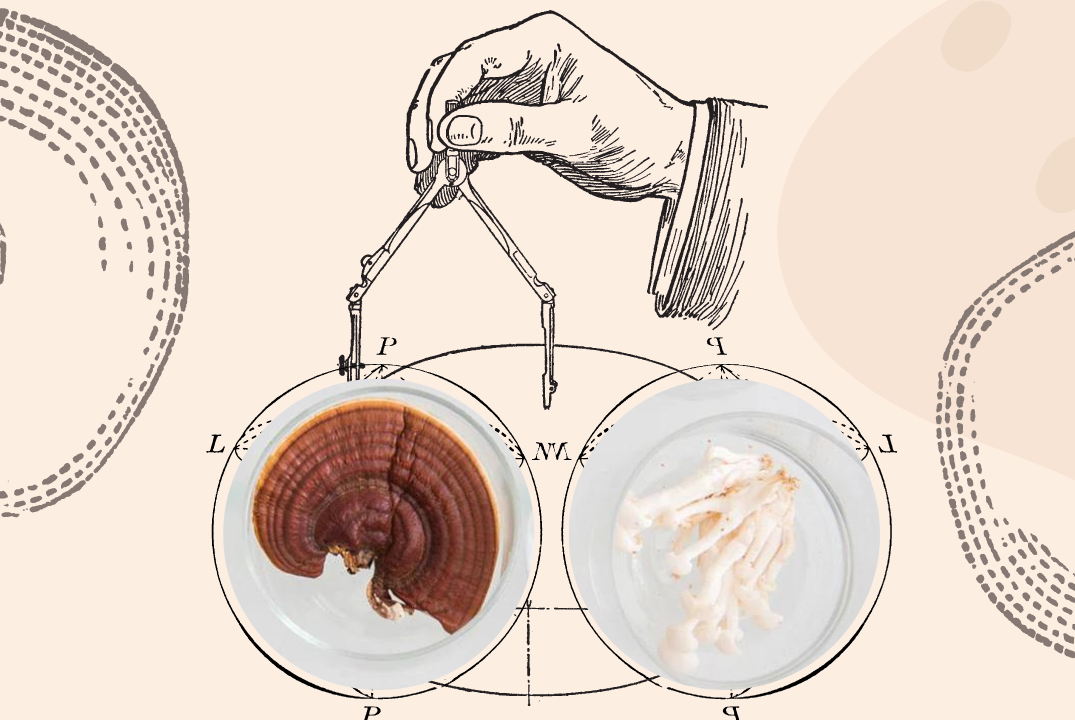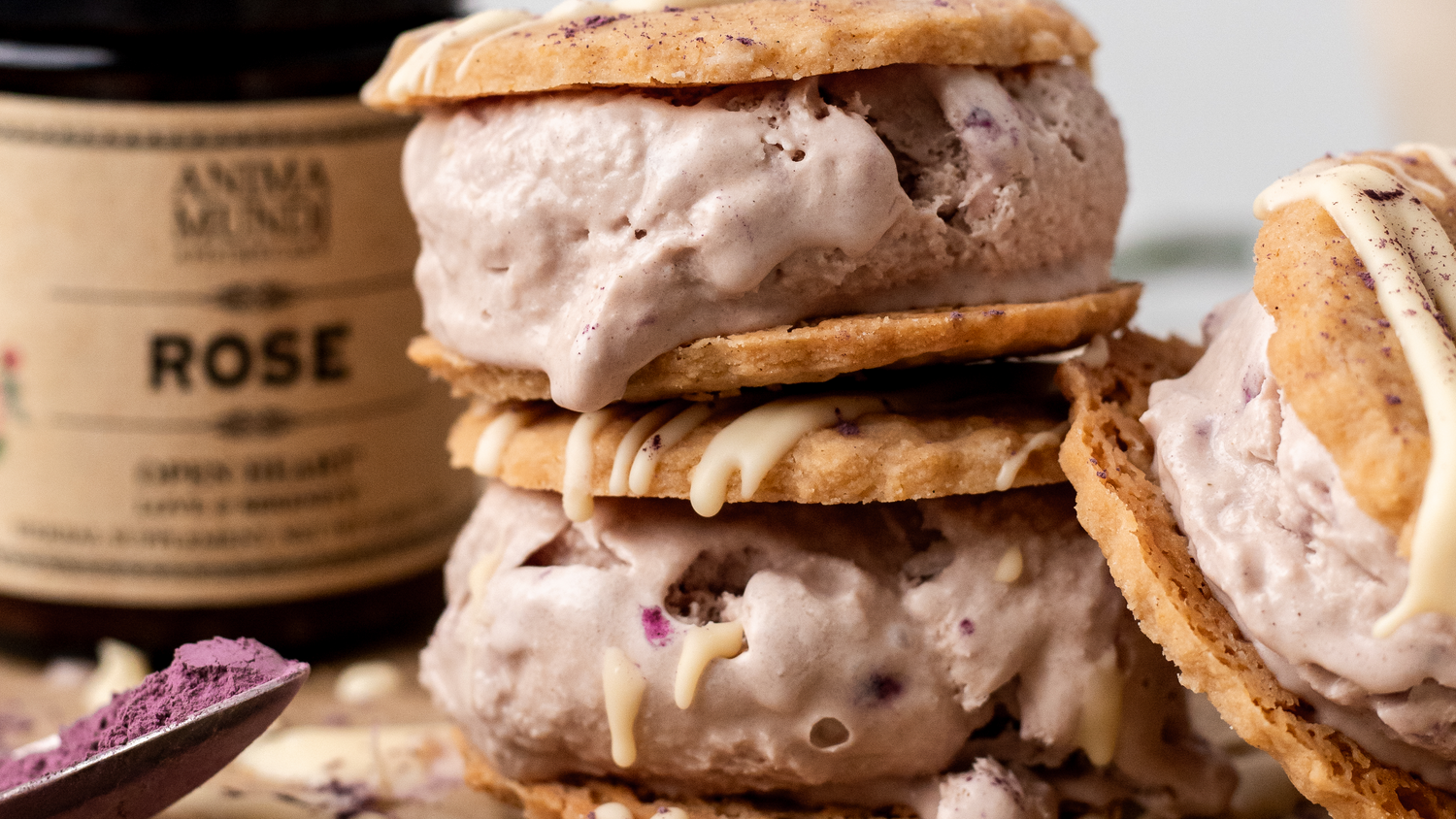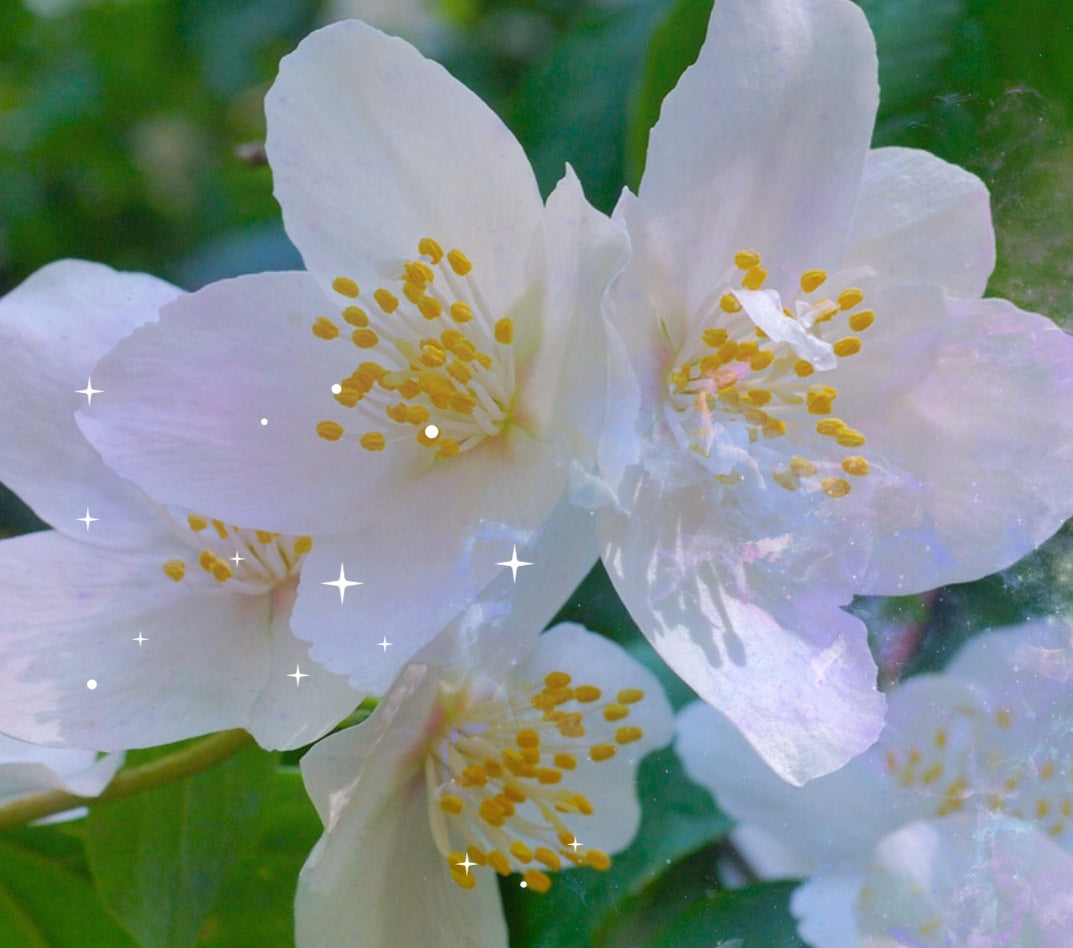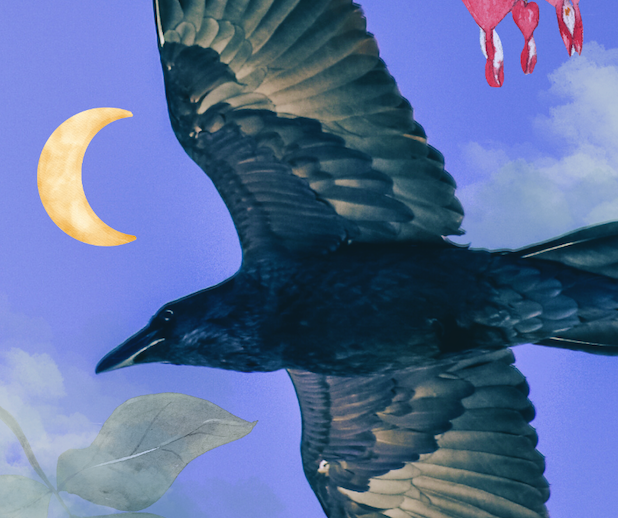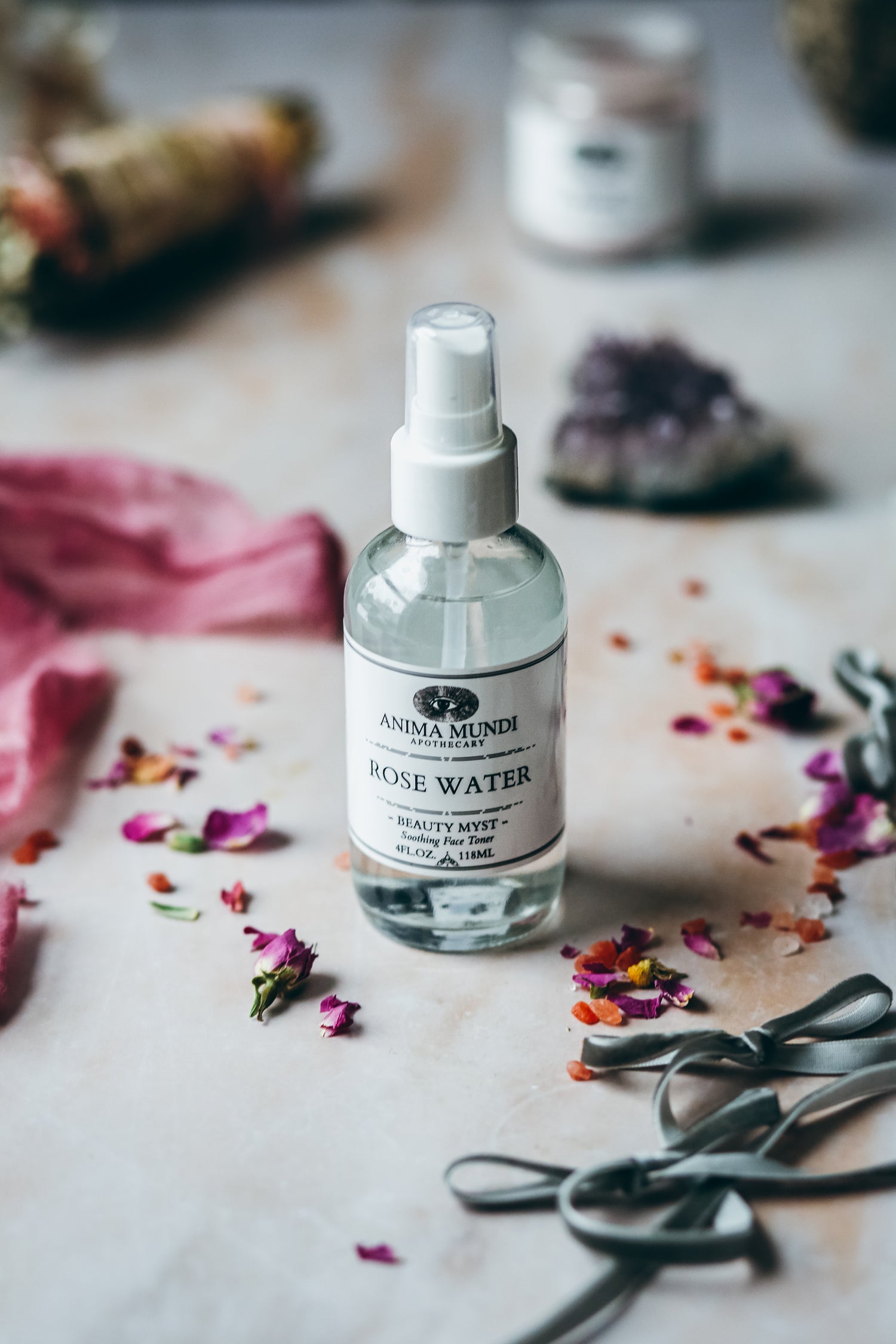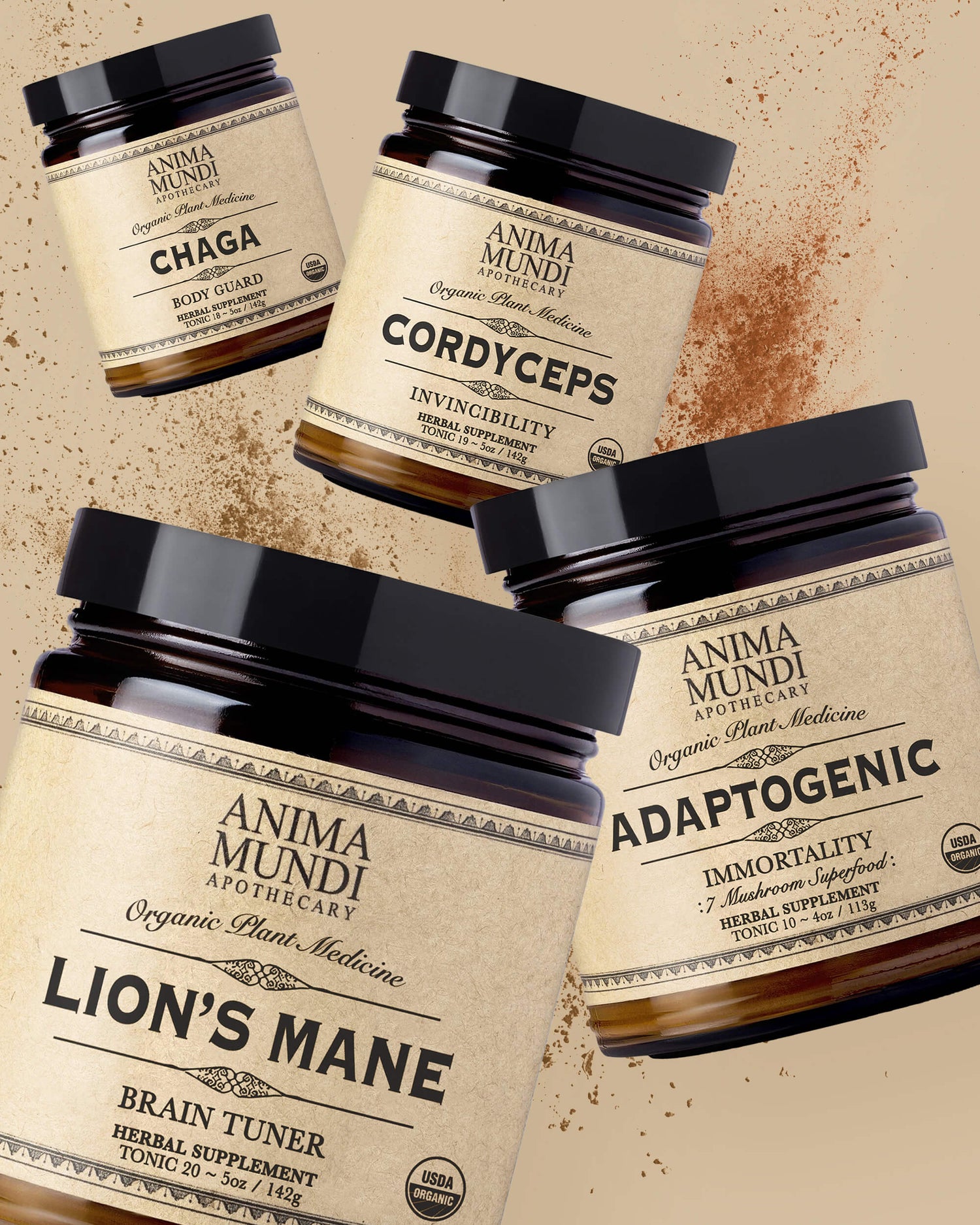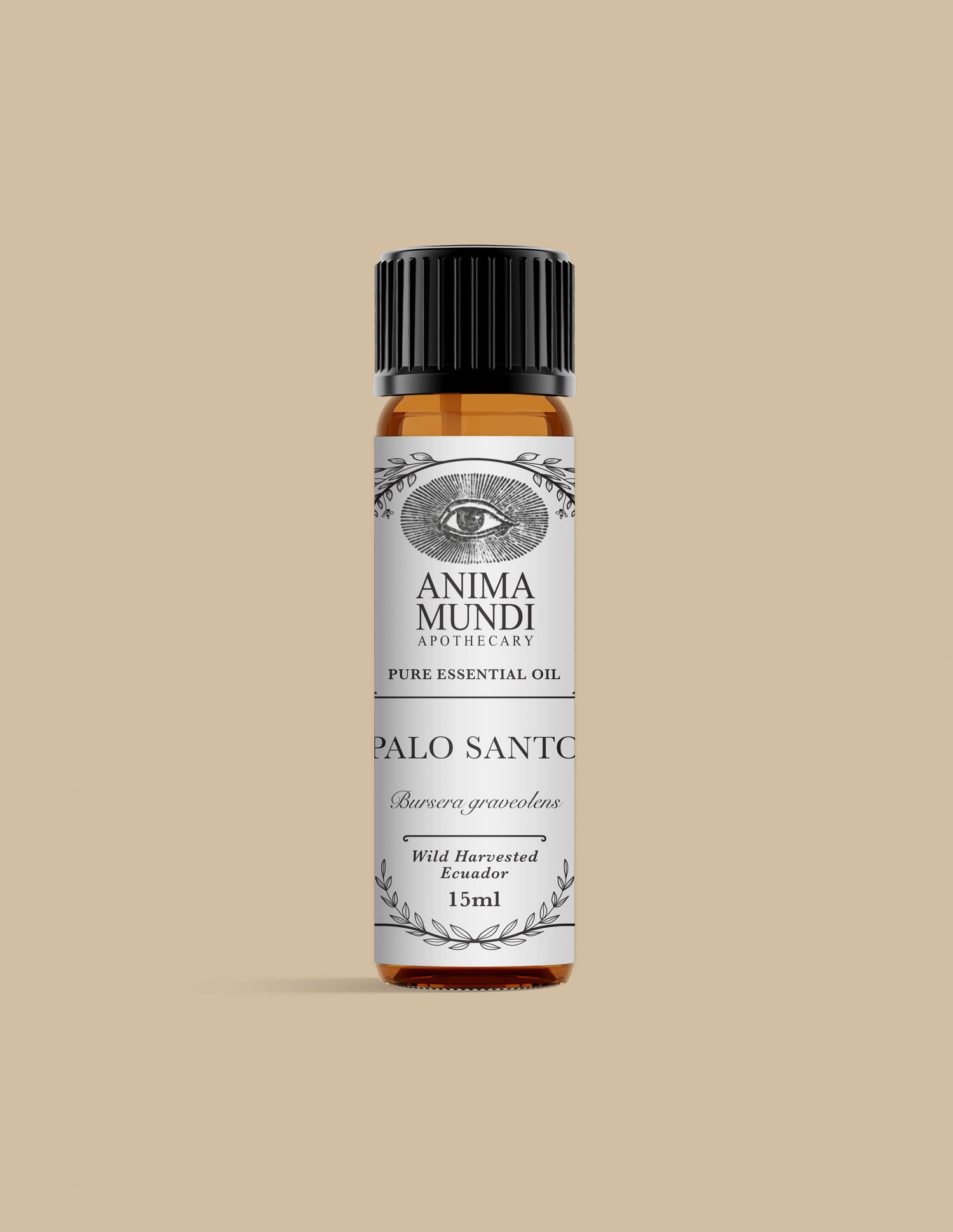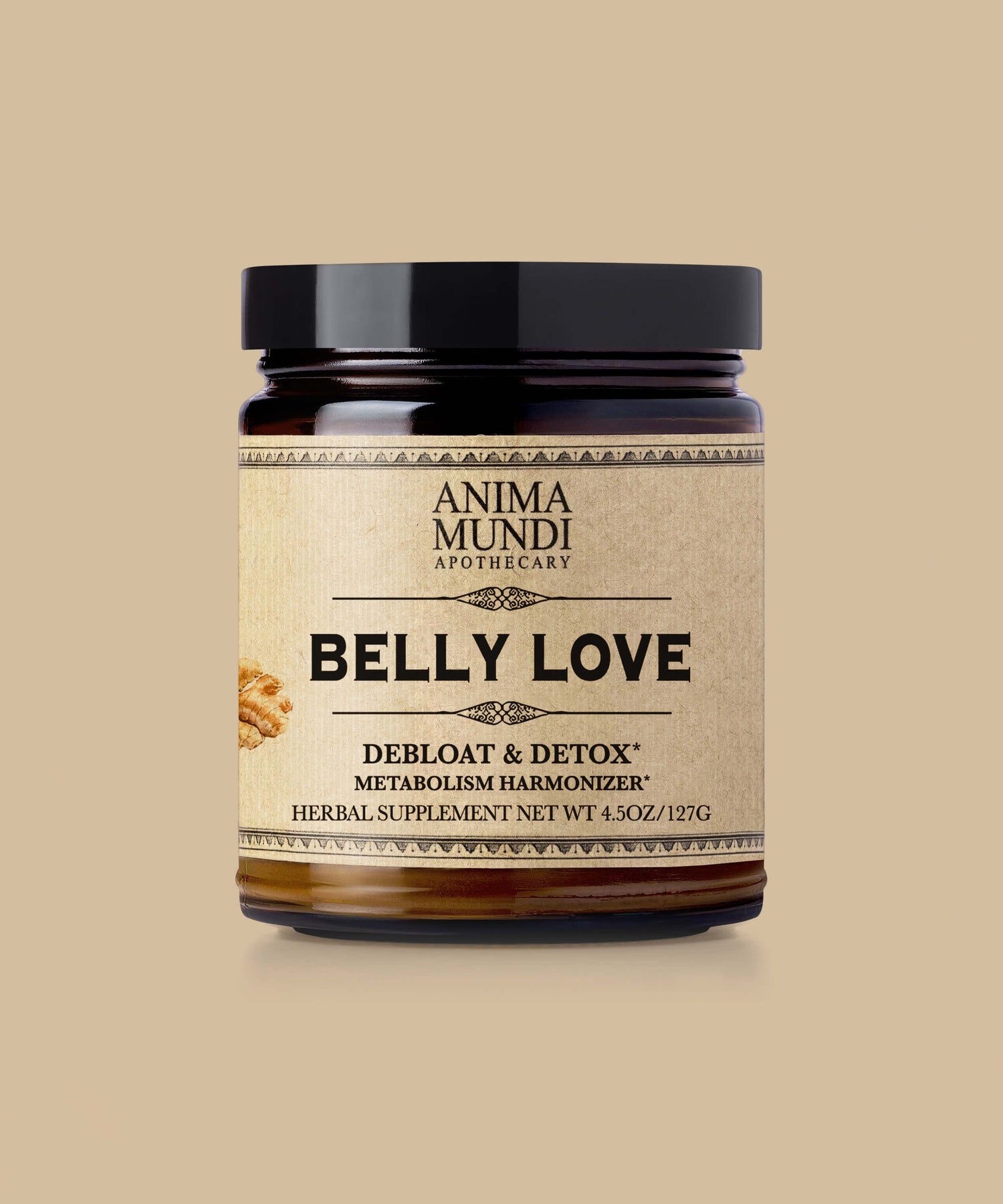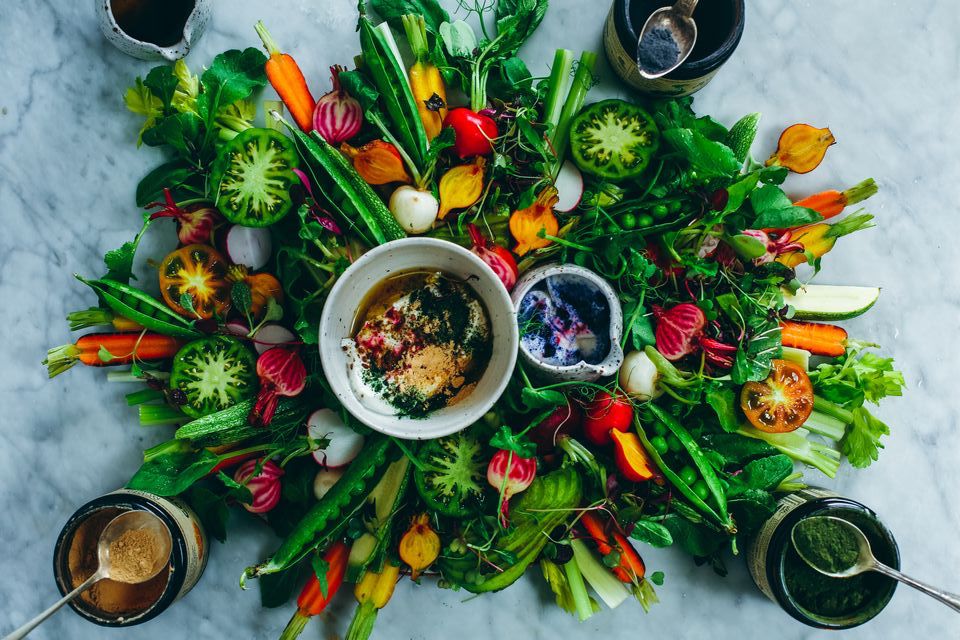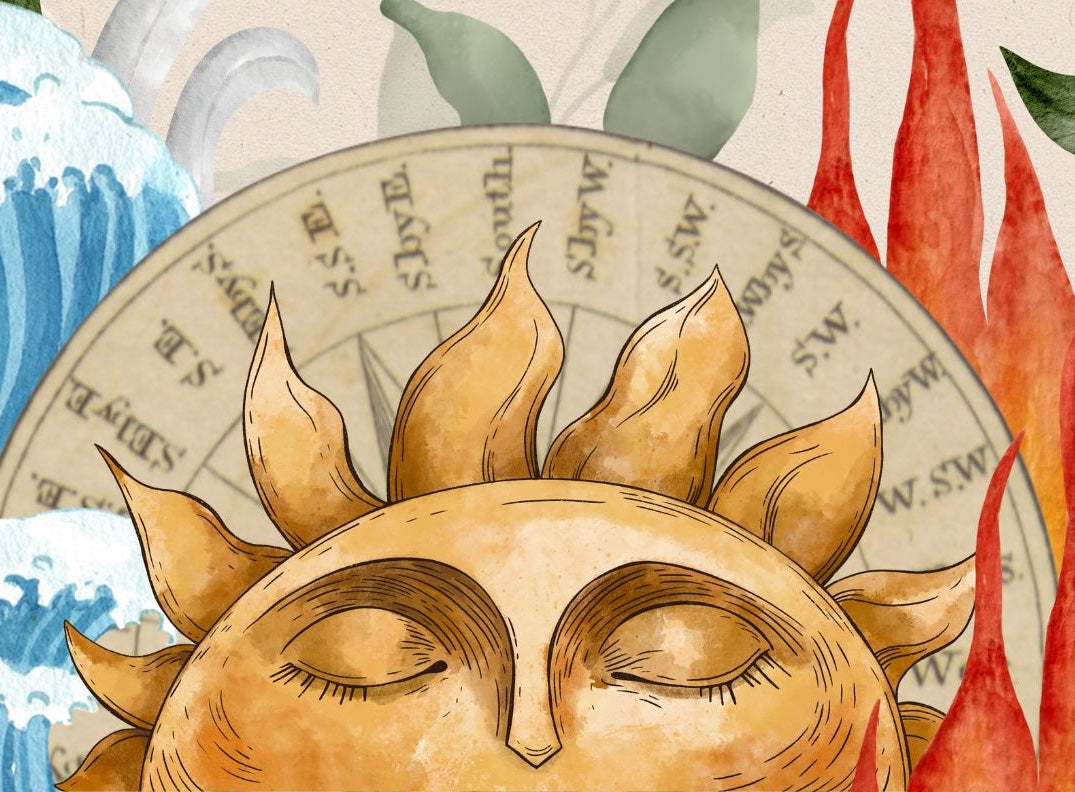Let’s get ready to get wild.
Did you know that by 2050, it’s estimated that nearly 70 percent of the global population will live in cities? That means urban agriculture, ecosystems and foraging are all worth exploring. Urban foraging, a modern “gathering” rooted in ancestral traditions, is believed to have a plethora of positive outcomes for both public health and nutrition at a time when food insecurity and extreme hunger are frighteningly common, even in the United States. According to Save the Children, 17 million children and 2.7 million families suffer from hunger in the U.S., up by 6 million from the start of the pandemic.
So, how will we feed our societies and ourselves in the future?
One possible solution is to follow Hippocrates advice from 400 BC: “Let thy food be thy medicine and medicine be thy food.” At Anima Mundi, we often examine the importance of preventing and managing dis-ease as we’re crafting our offerings. As you may have noticed, much of our apothecary is centered on whole person wellness. We also focus on the equally important counterpart to herbal allyship: nutrition. What better way to let food be our medicine than to forage it with our own hands, in the wilderness of our backyards?
Don’t just go chasing weeds!
Gathering up the plants, fungi, and other edible and medicinal resources can bring us closer to nature and to our neighbors. Though abundance is everywhere we look in our communities—rooftops, backyards, and even sidewalks—our daily grind often prevents us from taking stock of what is available to us within an arm’s reach. If we’re not plant experts or fungi fanatics, we may feel foraging is too overwhelming to attempt. Today’s dos and don’ts offer a Foraging 101 crash course in where to look, demystifying these complex socio-ecological practices that could secure our collective food futures.

How To Get Started
Depending on where you live, you might already be thinking about what you normally pay for at say, a farmer’s market or your local grocery store that’s also available at no cost. You may have even stomped on your dinner on your way to work! Since many of you reading may also be new to foraging, a digital ecosystem of seasoned foragers can help lead the way. We really dig how they make food-finding accessible, interesting, and inspiring.
Herbs
Elder (Sambucus nigra) trees give us edible flowers and berries. If you’re lucky enough to have this tree’s summer blossoms near you, you’ll have a world of fresh flavors available to you. From liqueurs to fried flowers, the possibilities are endlessly sweet.
Honeysuckle (Lonicera periclymenum) produces edible, deliciously scented blooms in woody areas. Add to countless dishes for a fragrant boost for the senses, or learn how to benefit from its anti-inflammatory, headache-crushing, germ-killing medicinal values.

Dandelion (Taraxacum officinale) is the quintessential spring foraging plant, with edible and medicinal flowers, leaves, and roots! Not only are they easy to identify, most look-alikes are edible and medicinal, too. Make a dandelion salve with the flowers, dandelion pesto with the leaves, and dandelion root coffee with the roots.
Stinging Nettle (Urtica dioica) is one of my favorite plants to forage for in both the spring and summer months. While relatively easy to find, don’t forget to bring a pair of gloves for harvesting, unless you’re a nettle whisperer and the sting doesn’t bother you. Nettle is a superfood packed full of vitamins and minerals. Cooking the plant will dispel its sting.
Red Clover (Trifolium pratense) can be found in fields, yards, along fence rows, and many other places where plants are left to grow freely. Its blossoms are among the many flowering herbs you can forage in late summer. It’s a great herb for supporting the liver, in addition to being both a blood tonic and a plant ally for skin conditions. Red Clover is also useful for respiratory conditions where spasms and mucous are present.
Plantain (Plantago major, P.lanceolata) is both edible and medicinal, and is a very important herb to get to know. There are two main varieties, broadleaf plantain (Plantago major) and narrowleaf plantain (Plantago lanceolata), and both have innumerable health benefits. Young and tender plantain leaves can be eaten raw and are highly nutritious. Older leaves can be added to soups and stews. Often, plantains are also used as poultices to heal wounds and help repair tissues.

Fungi, Fruits, & Flowers
Red Raspberry Fruit + Leaf (Rubus spp.) Berries aside, the leaves of the red raspberry plant are another common herb to forage during the summer. Red raspberry leaves should be harvested after fruiting has begun. To harvest red raspberry leaves, simply snip the leaves with sharp scissors on a dry day. Red raspberry leaf is an astringent herb often used to tighten and tone relaxed tissues, specifically those in the digestive and reproductive organs. Red Raspberry has many nutritive properties. For instance, it may strengthen the uterus and pelvic muscles, helping to discourage miscarriages, shorten labor, ease labor pains, and even speed up postpartum recovery.
Wild Violet (Viola sororia or Viola odorata) and their leaves are both edible and medicinal. They come up in early spring and are often the first flowers of the season, making them a lovely sight! They love cooler temperatures and will grow through the winter in warmer locations. Make tea, jam, lemonade, syrup, and more! Its exquisite flavor will make it one of your all-time favorite spring and summer ingredients.
Morel Mushrooms (Morchella spp.) Everyone gets excited about the thought of finding morel mushrooms during spring foraging forays. Maybe it’s because they have a relatively short season, or that they can be a bit elusive to find. Regardless, morels are some of the best mushrooms to forage for in the springtime! Be sure to use a mushroom guidebook whenever you are out mushroom hunting. Morels should be cooked before eating and can otherwise be used like any other mushroom in recipes. Try them sautéed or even deep-fried!

Nuts + Seeds
Pine nuts are not actually nuts! This seed requires time and patience, not to mention hard work. Historically, the Navajo and the Pueblo, tribes who have long harvested the seeds of pinyon pines in the American southwest, sought to harvest the larger seeds.
Wild pecans (Carya illinoinensis) were eaten and traded by Native Americans in the deep south lowlands. They later appeared in Thomas Jefferson’s Monticello orchard and George Washington’s Mount Vernon estate, thanks to a gift directly from Jefferson. Wherever summers are long, hot and humid, you can find these durable nuts all around, which are surprisingly edible even after a winter season lingering on the ground.


 While the Theft Act of 1968 stipulates that the general public can pick 1.5kg per day, the steadily increasing popularity of urban foraging is difficult to regulate, and some worry that essential fungi and other natural resources are being over-exploited for commercial gain. Even though it’s illegal to sell foraged foods to restaurants, even individuals can be tempted to sell what they forage. Over-foraging impacts the local ecosystem, and can be easily avoided with a few mindful actions, including applying the Zen Buddhist philosophy of taking only what you need. In the case of foraging, remember to leave behind enough for the birds, insects, and other living things who rely on those edible treasures to survive.
While the Theft Act of 1968 stipulates that the general public can pick 1.5kg per day, the steadily increasing popularity of urban foraging is difficult to regulate, and some worry that essential fungi and other natural resources are being over-exploited for commercial gain. Even though it’s illegal to sell foraged foods to restaurants, even individuals can be tempted to sell what they forage. Over-foraging impacts the local ecosystem, and can be easily avoided with a few mindful actions, including applying the Zen Buddhist philosophy of taking only what you need. In the case of foraging, remember to leave behind enough for the birds, insects, and other living things who rely on those edible treasures to survive.
How Can I Forage Sustainably?
Know what you’re taking.
Besides the risk of ingesting poisonous plants, knowing how to identify what you’re foraging is an essential first step to both your survival and your enjoyment. In addition to the helpful hints from a growing network of foragers who share free information, check out this foraging map and this list of suggested spots to connect with others in a specific geographic area who are already foraging there. Or, take a few tips from cook and professional forager Wross Lawrence, who believes, “Foraging, no matter where you are, is a good place to start [thinking about our vital relationship to the natural world].”
Learn the local laws.
Forage Culture offers a great starting point for laws of access on public land, but remember it’s ultimately your responsibility to get to know your jurisdiction’s foraging restrictions.
Follow the abundance.
If something grows plentifully in your area, it’s worth learning more about and foraging often. When you forage responsibly, you’re actually helping the environment while adding a valuable source of nutrition and medicine to your family’s table and medicine cabinet.
If it’s rare, don’t dare.
Contrary to abundant species, some native and rarer plants should be left alone. While fungi of all sorts are experiencing more popularity than ever, thanks to documentaries like Fantastic Fungi and other recent media, the Woodland Trust advises not to collect “button” mushrooms, and to be sure the mushrooms you take have already opened their caps.
Connect with the community.
Whether through commonly known digital sources like Meetup or Facebook groups, or via this international network of foragers (or a similar site), there are tons of folks out there who want to walk the walk with you. The old adage “there’s safety in numbers” isn’t just for nights out or women seeking support in groups; it’s also one way to develop relationships with people who know the land, are curious about the natural world around them, and can steer you in the right direction. Foraging, once you get the hang of it and learn more about the small details that make some plants edible and others toxic, can be a truly peaceful solo retreat. Until then, go with others, and you’ll be rewarded with a bounty for all.



